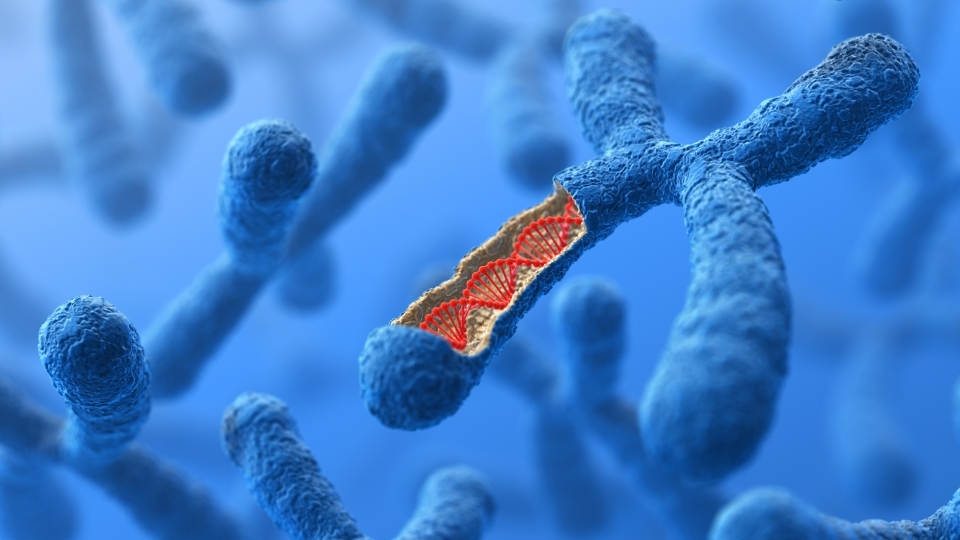Bio Prof’s ‘Labor of Love’ Bridges Gap Between Science and Navajo Language
October 18, 2021
- Author
- Jay Pfeifer

Susana Wadgymar, an assistant biology professor, was recently featured in a Spectrum News Milwaukee story for her work that bridges the gap between two languages: the clinical dialect of biology and Diné Bizaad, the traditional Navajo language.
Diné does not have words for modern biological terms like “chromosome” or “antibiotic,” so Wadgymar co-founded Project ENABLE, which stands for “Enriching Navajo As a Biology Language for Education,” with two colleagues at the University of Wisconsin, biophysics graduate student Sterling Martin and post-doctoral fellow Joanna Bundus. After years of work collaborating with Diné linguist Frank Morgan and community members, they launched their online dictionary last month, offering Diné translations for around 250 biology terms.
One example: There is no Diné term for “DNA.” So, Project ENABLE worked with high school biology teachers on the Navajo Nation reservation in New Mexico and a Diné linguist to develop a term that captures the cultural context of Navajo life as well as the subtle nuances of Diné.
That means bringing together existing Navajo words to create meaning in new ways—sometimes through a mental image or action, Wadgymar said.
Hence, Project ENABLE’s translation for “DNA” is “iiná bitł'óól,” which literally means “strands of life.”
They launched their online dictionary last month, offering Diné translations for around 250 biology terms.
In the story, Wadgymar says she hopes the Navajo community will benefit from having more access to the English-dominated field of modern science—in a way that can still incorporate their cultural background.
“I'm an educator and I think about accessibility to knowledge, and how disproportionate that is across different communities,” Wadgymar said. “Indigenous communities in specific have not had enough outreach and enough investment. Anything that we can do to help on that front is greatly needed.”



